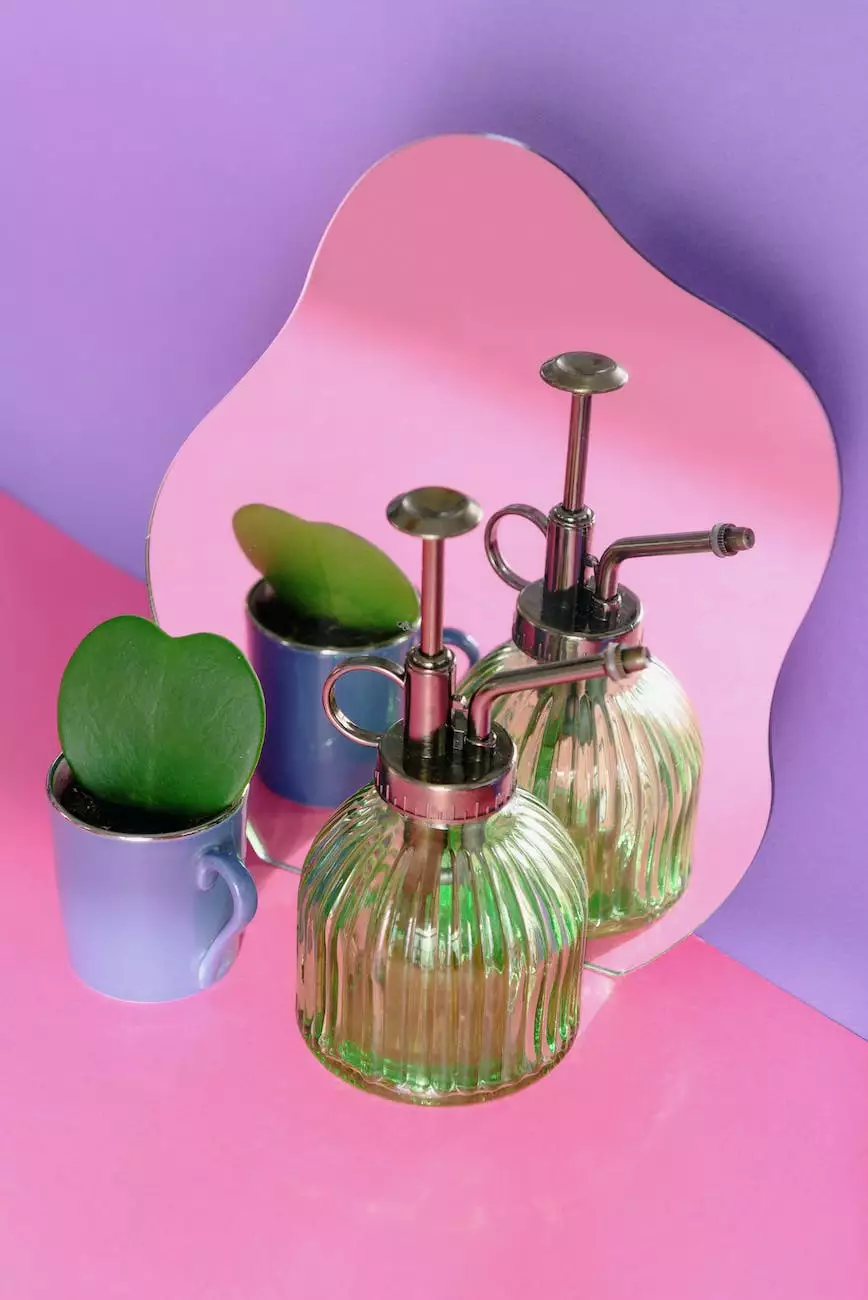Rhodospirillum rubrum vs Rhodopseudomonas palustris
Blog
At Grow Your Own, we understand the significance of microbes in creating a thriving ecosystem for your plants. In our exploration of the fascinating microbial world, we have come across the duel between the two prominent bacteria: Rhodospirillum rubrum and Rhodopseudomonas palustris.
Understanding Rhodospirillum rubrum
Rhodospirillum rubrum, commonly known as R. rubrum, is a gram-negative, non-sulfur purple bacteria. It possesses a unique pigmentation that grants it a deep red color, making it visually stunning. This bacterium plays a vital role in maintaining a healthy soil environment for your plants.
One of the key attributes of R. rubrum is its ability to fix nitrogen. Nitrogen fixation is the process of converting atmospheric nitrogen into a form that plants can readily use. By doing so, R. rubrum assists in enriching the soil with essential nutrients, fostering optimal plant growth and development.
Furthermore, R. rubrum produces exopolysaccharides, which act as a glue-like substance, aiding in soil aggregation. This enhances the soil structure, allowing for better water infiltration and root penetration. As a result, your plants receive improved access to water and nutrients, promoting their overall health.
Delving into Rhodopseudomonas palustris
Rhodopseudomonas palustris, or R. palustris, is another remarkable member of the purple bacteria group. It is also a gram-negative bacterium, but unlike R. rubrum, it thrives in both anaerobic and aerobic conditions. A versatile species, R. palustris contributes significantly to the overall ecosystem dynamics.
R. palustris plays a crucial role in bioremediation processes. It has the ability to degrade various organic contaminants, including toxic pollutants such as benzene and toluene. This bacteria utilizes these compounds as carbon sources, transforming them into less harmful substances. As a result, R. palustris aids in soil and water purification, contributing to a healthier environment.
Additionally, R. palustris is involved in carbon cycling through photosynthesis. It utilizes sunlight as an energy source and converts carbon dioxide into organic carbon. This process reduces the carbon dioxide levels in the atmosphere and provides a source of energy and carbon for other organisms.
The Duel: Rhodospirillum rubrum vs Rhodopseudomonas palustris
Although both R. rubrum and R. palustris are purple bacteria with similar characteristics, they have distinct roles in the ecosystem. While R. rubrum primarily focuses on nitrogen fixation and soil aggregation, R. palustris excels in bioremediation and carbon cycling.
When it comes to your eCommerce and shopping needs at Grow Your Own, the combined efforts of these bacteria provide a holistic approach to plant health. The nitrogen fixation by R. rubrum ensures optimal nutrient availability, while the bioremediation capabilities of R. palustris contribute to a clean and sustainable environment.
We, at Grow Your Own, harness the power of these microbes to provide you with top-quality products that surpass industry standards. By incorporating the best of nature into our cultivation processes, we guarantee exceptional results for your gardening endeavors.
Conclusion
As you explore the world of microbes, it becomes evident that Rhodospirillum rubrum and Rhodopseudomonas palustris are formidable players in creating a thriving ecosystem for your plants. At Grow Your Own, we acknowledge the importance of these bacteria in elevating your eCommerce and shopping experience.
By leveraging the distinctive properties of R. rubrum and R. palustris, we ensure that your plants receive the utmost care, resulting in healthier growth and bountiful harvests. Join us at Grow Your Own and witness the remarkable impact these microbes have on your gardening journey.




